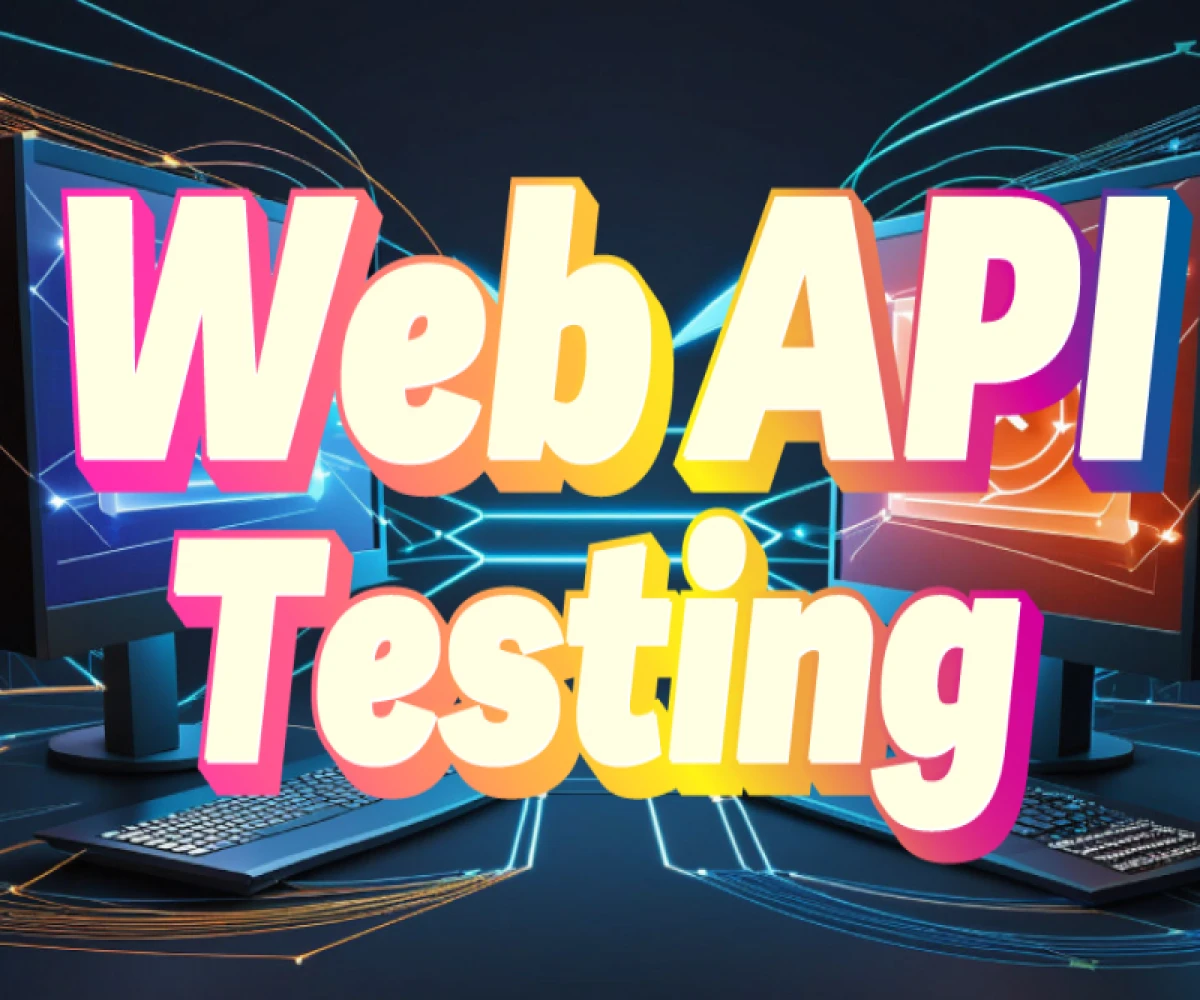
Master Web API Testing: A Step-by-Step Guide
Understanding Web API Testing
Web API testing involves verifying that a web API functions as intended. It ensures the API delivers the correct data, handles errors appropriately, and adheres to security standards. There are two main approaches to testing web APIs: manual and automated.
Manual Testing
Manual testing is a great way to get started and understand the core functionality of an API. Here's a walkthrough:
-
Gather API Documentation: The first step is to obtain the API documentation, which details the available endpoints (URL access points), request parameters (data sent to the API), response formats (data returned by the API), and error codes.
-
Crafting Test Cases: Based on the API documentation, develop test cases that simulate real-world interactions with the API. These cases should encompass positive tests (valid requests) and negative tests (invalid requests).
-
Tools for Manual Testing: Several tools can aid manual testing. One popular option is using your browser's address bar. For GET requests (requests to retrieve data), you can often construct the request URL directly in the address bar and the browser will display the response. Keep in mind that this may not work for all APIs or request types.
Here's an example: Imagine an API that provides information on books (note: this is a simplified example):
- Endpoint:
/api/books - Request Parameters: None for this example (but could include filters like title or author)
- Response Format: JSON (JavaScript Object Notation)
- Positive Test: Navigate to
http://your-api.com/api/booksin your browser's address bar. The expected response would be a list of books in JSON format.
Automated Testing
While manual testing is valuable for initial exploration, automated testing becomes crucial for comprehensive and consistent API testing. Here's a simplified overview:
-
Selecting an Automation Tool: Many tools are available to automate API testing, such as Postman, SoapUI, and Katalon Studio. These tools allow you to construct requests, send them to the API, and validate the responses against predefined criteria.
-
Developing Test Scripts: These tools often use scripting languages to define test cases. The scripts specify the requests, expected responses, and assertions (checks to validate the response).
Example using Postman:
Let's revisit our book API example using Postman:
-
Create a Request: In Postman, you'd create a GET request for the URL
http://your-api.com/api/books. -
Send the Request: Clicking "Send" dispatches the request to the API.
-
Validate the Response: Postman displays the response code and response body. You can assert that the response code is 200 (success) and the response body contains a JSON array of books.
Incorporating Positive and Negative Tests
-
Positive Tests: These verify the API behaves as expected for valid requests. In our example, a positive test would ensure a successful response with a list of books.
-
Negative Tests: These deliberately provide invalid input to test how the API handles errors. An example negative test might involve sending a request to a non-existent endpoint, or omitting a required parameter, and checking that the API returns an appropriate error code and message.
Remember:
- Security: API testing should incorporate security considerations, especially when dealing with authentication and authorization.
- Performance: Consider testing how the API handles load and ensures an acceptable response time.
By following these steps and incorporating a combination of manual and automated testing, you can ensure your web API functions reliably and delivers the expected results.


